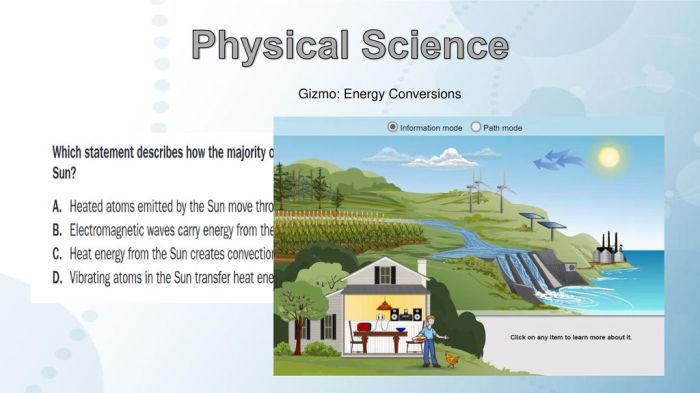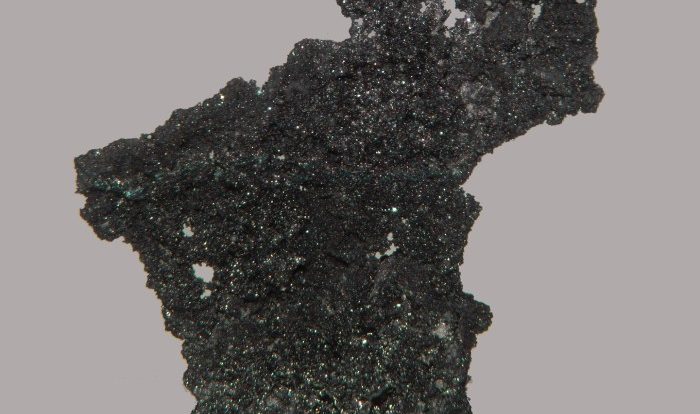Introducing the gizmo limiting reactants answer key, an essential resource for mastering the fundamentals of stoichiometry. This comprehensive guide unravels the concept of limiting reactants, providing a deep understanding of their role in determining reaction outcomes. Prepare to embark on a journey of chemical exploration, where the intricacies of reactant behavior are illuminated.
Limiting reactants, the cornerstone of stoichiometric calculations, dictate the maximum yield of a reaction and govern the efficiency of chemical processes. This answer key empowers you to identify limiting reactants with precision, unraveling the complexities of chemical equations and unlocking the secrets of reaction outcomes.
Limiting Reactants: Gizmo Limiting Reactants Answer Key

In a chemical reaction, the limiting reactant is the reactant that is consumed completely, thus limiting the amount of product that can be formed. Understanding limiting reactants is crucial for predicting reaction yields and optimizing chemical processes.
Definition and Explanation
The limiting reactant is the reactant that is present in the smallest mole ratio compared to the stoichiometric ratio required by the balanced chemical equation. Stoichiometry plays a vital role in determining the limiting reactant by providing the exact mole ratios of reactants and products.
For example, consider the reaction between hydrogen (H 2) and oxygen (O 2) to form water (H 2O):
2H 2+ O 2→ 2H 2O
If we have 2 moles of H 2and 1 mole of O 2, the mole ratio is 2:1, which is different from the stoichiometric ratio of 2:1. Therefore, O 2is the limiting reactant because it will be consumed completely, limiting the amount of H 2O that can be formed.
Calculations and Methods
To calculate the limiting reactant, follow these steps:
- Balance the chemical equation.
- Convert the given masses or volumes of reactants to moles.
- Divide the number of moles of each reactant by its stoichiometric coefficient.
- The reactant with the smallest mole ratio is the limiting reactant.
For example, if we have 10 g of H 2and 16 g of O 2, the mole ratio is:
10 g H 2/ (2 g/mol) = 5 mol H 2
16 g O 2/ (32 g/mol) = 0.5 mol O 2
The mole ratio is 10:1, which is different from the stoichiometric ratio of 2:1. Therefore, O 2is the limiting reactant.
Practical Applications, Gizmo limiting reactants answer key
Identifying limiting reactants is crucial in chemical reactions for several reasons:
- Predicting reaction yields: The limiting reactant determines the maximum amount of product that can be formed.
- Optimizing chemical processes: By identifying the limiting reactant, chemists can adjust the reactant ratios to improve efficiency and minimize waste.
- Understanding reaction mechanisms: Limiting reactants provide insights into the rate-determining steps and overall reaction pathways.
Related Concepts
Limiting reactants are often contrasted with excess reactants, which are present in excess compared to the stoichiometric ratio. Theoretical yield refers to the maximum amount of product that can be formed based on the limiting reactant. Reaction conditions, such as temperature and pressure, can influence the behavior of limiting reactants.
Tables and Visualizations
| Step | Description |
|---|---|
| 1 | Balance the chemical equation. |
| 2 | Convert masses or volumes of reactants to moles. |
| 3 | Divide the number of moles of each reactant by its stoichiometric coefficient. |
| 4 | The reactant with the smallest mole ratio is the limiting reactant. |
Flowchart: Decision-Making Process for Identifying Limiting Reactants
- Start with a balanced chemical equation.
- Convert given quantities of reactants to moles.
- Calculate the mole ratio of each reactant.
- Compare the mole ratios to the stoichiometric ratio.
- The reactant with the smallest mole ratio is the limiting reactant.
Visual Representation of a Reaction with Limiting and Excess Reactants
[Image of a reaction vessel with two reactants, one labeled as limiting reactant and the other as excess reactant]
Examples and Exercises
Example 1:
Calculate the limiting reactant in the reaction between 5 moles of CH 4and 10 moles of O 2.
Example 2:
A reaction between 20 g of NaOH and 30 g of HCl produces NaCl and H 2O. Identify the limiting reactant.
Exercises:
- Determine the limiting reactant in the reaction between 2 moles of Fe and 3 moles of O2.
- Calculate the theoretical yield of NaCl in the reaction between 5 g of NaOH and 10 g of HCl.
Answer Key:
- Fe
- 4.6 g
FAQ Overview
What is the significance of identifying limiting reactants?
Identifying limiting reactants is crucial as it determines the maximum yield of a reaction and helps optimize the use of reactants, minimizing waste and maximizing efficiency.
How can I calculate the limiting reactant in a reaction?
To calculate the limiting reactant, compare the mole ratios of the reactants to their stoichiometric coefficients. The reactant with the smallest mole ratio relative to its coefficient is the limiting reactant.
What is the relationship between limiting reactants and excess reactants?
Excess reactants are present in quantities greater than required by the stoichiometric ratio, while limiting reactants are present in quantities that limit the reaction’s extent. Excess reactants do not affect the limiting reactant’s behavior.
